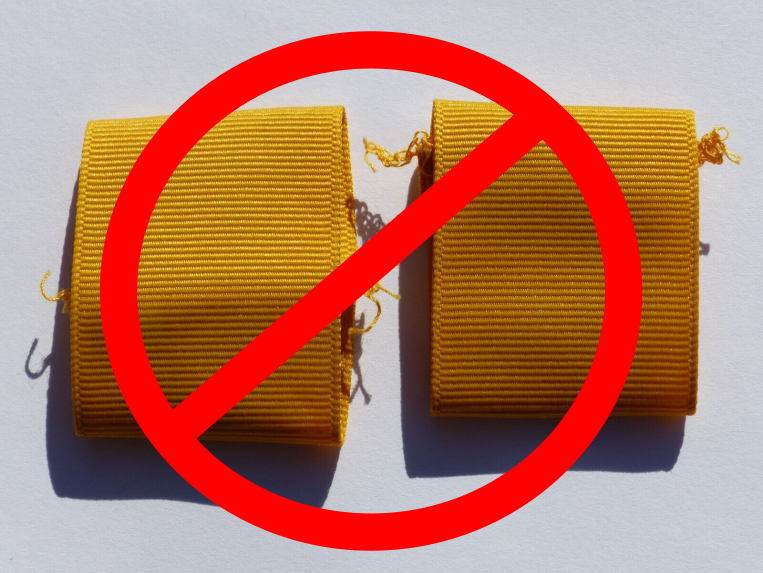Symbols are important to culture. Any symbol associated with national’s cultural rot needs scrutiny.
Gold epaulets are an example. Representing elitism, they obstruct reform.
(Epaulets, cloth devices worn on shoulder loops on uniforms, indicate the “level” of one’s role in Scouting.)
Explainer: stratified by epaulet
BSA’s most important adult-leader roles directly serve units, like Assistant Cubmaster. The remaining roles are outside of a unit, like National Territory Director.
BSA’s non-unit roles fall in two buckets:
- Silver epaulet: Council roles.
- Gold epaulet: National roles.
Gold epaulets mean little
When someone with gold epaulets enters a room, the response is as if a god appeared.
This mistaken fawning comes from two myths:
| Myth | Fact |
| The national organization is powerful. | Poorly regarded, at perpetual war with the base, and increasingly scrutinized, the national organization’s inability to regrow membership and immense debt (example; there’s also a pile of debt on Philmont) places it at risk of a second bankruptcy (and this is independent of whether the original bankruptcy is shot down, which may cause a death spiral). |
| People in national roles have superior competence and leadership skills. | BSA’s professional and volunteer advancement system is neutral on one’s competence and skills. The system’s crowning achievement–decades of internally-sourced CEOs–were unsuited for the role. The strongest thing signaled by rising to national is one’s willingness to be loyal to a bureaucratic culture that is so moribund, despite massive 2020 layoffs, it still squanders staff time on clownish pilot programs that can’t produce new, useful knowledge. |
A new way: dull-bronze epaulet
I recommend a dull-bronze epaulet for all non-unit roles. This conveys transformative messages:
- All non-unit roles are to serve the base.
- Youth members, their families, and unit-level volunteers–all part of the base–are the most important roles in Scouting.
Third place means serving the base
Youth and families are first place. Unit-level volunteers are a close second.
Bronze means third place. Bronze symbolizes that non-unit roles’ value rests entirely on how they serve youth, families, and unit-level leaders. Making the bronze dull avoids shininess, affirming a posture of service.
This sets a fresh expectation for the national organization. Today, national acts like its main customer is itself. With its record over the past decades, national’s overriding priorities appear to be covering up its own malfeasance, embarking on hare-brained schemes, or validating the bigotry or insecurities of some of its own professionals or volunteers.
A national organization embracing a third-place role would act differently:
- Instead of secretly attacking Cub Scout camping, it would embrace adventure.
- Instead of creating a separate-but-equal regime for girls, it would have laughed sexism out of the room.
- Instead of scamming new Eagles, it would celebrate all its alumni.
- Instead of mocking Native Americans, it would apologize and stop.
- Instead of kowtowing to religious extremists, it would embrace religious minorities.
- Instead of extreme secrecy, its national committees would be transparent and accountable for their service to the base.

- Instead of allowing throwback reactionaries to repeatedly drag the organization into ridiculous membership controversies, it would be responsive to society.
The silver epaulet also goes, and this is good
It is important that national’s cultural improvements permeate the entire movement. Therefore, since the dull-bronze epaulet applies to all non-unit roles, it also replaces the silver epaulet.
With this, councils symbolically affirm national’s new cultural expectation: Serve the base.
Gold is old and busted, dull bronze is the new hotness
We have a long journey to restoring morality, relevance, and responsiveness to the national organization. Setting strong cultural expectations is a crucial, early step.
Again, symbols are important to culture. Part of setting strong new cultural expectations is addressing symbols that are associated with cultural rot.
Gold epaulets must go.

Leave a Reply